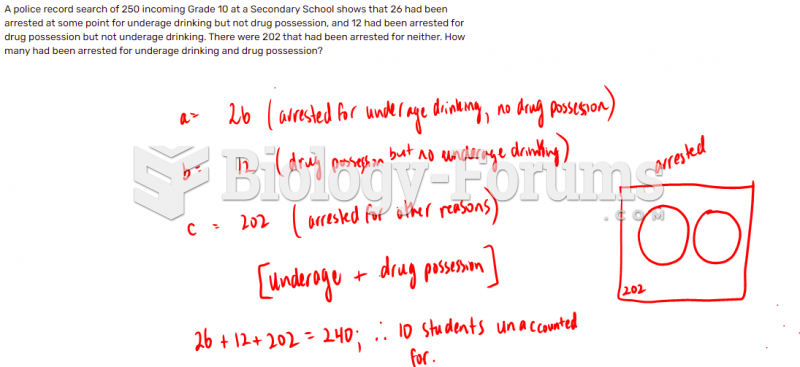Answer to Question 1
Racial profiling refers to the tendency of police departments to view members of certain minority groups as more likely to commit crimes than the general population, and to then use that assumption in making decisions about who to arrest for traffic violations, whose suitcases to search in customs investigations, and so on. One source of evidence of racial profiling is a report from the New Jersey attorney general that showed that 77 of the motorists stopped and searched by New Jersey state troopers are African American or Hispanic, even though only 13.5 of the drivers on New Jersey highways are African American or Hispanic. In addition, lack of access to high-quality legal services, along with patterns of bias in jury selection, also help account for much higher conviction rates among people of color. These patterns of racial injustice are examples of what is known as institutional racism. A major reason African Americans make up a disproportionate share of prison populations (as compared to Whites) is institutional racism. African Americans and Hispanic Americans are more than twice as likely as Whites to be searched, arrested, or subdued with force when stopped by police.
Answer to Question 2
A crime is simply an act committed or omitted in violation of a law. A law is a formal social rule that is enforced by a political authority. Usually the state (or the power elite that controls the state) specifies as crimes those acts that violate certain strongly held values and norms. Not all behaviors that violate norms are prohibited by law; in some cases, informal processes (such as social disapproval) regulate norm violations. For example, a swimmer's failure to aid a drowning person is not a criminal act, although it is usually considered morally wrong. Norms and values change over time, and therefore so do laws. When norms change, there is often a time lag before laws based on the outdated norms are changed. Some areas still have obsolete laws that prohibit card playing on Sundays and sexual intercourse (even between married couples) in any position other than the missionary position. Certain norms and values differ among cultures and societies; therefore, so do laws. In many Arab countries, the use of alcohol is illegal but the use of marijuana is acceptable; in the United States the reverse is generally the law. Everyone, at one time or another, has violated some law. Whether a violator becomes a convicted offender depends on a number of factors, including whether he or she is arrested, how forcefully the prosecuting attorney wants to present the case, how effective the defense attorney is, whether there are witnesses, and how the offender presents himself or herself in court. With thousands of laws on the books, police, prosecuting attorneys, and judges have considerable discretion over which laws to ignore, which to enforce, and how strongly to enforce them. This discretionary power offers many opportunities for criminal justice officials to choose whom to arrest and whom to release. The act of applying the law often involves issues of political power and favorable treatment for certain groups and classes. Because this power usually resides with the White middle- and upper classes, the poor and minority groups are often (intentionally or unintentionally) treated more harshly. For example, authorities are substantially less vigorous in enforcing white-collar crime than they are in enforcing vagrancy laws in middle- and upper-class neighborhoods.







